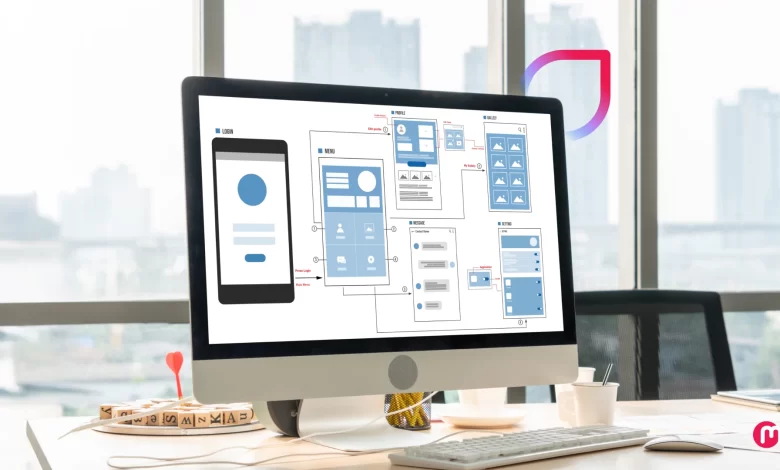Step-by-Step Guide to Create a Software Prototype

Software prototyping is a crucial step in the software development process that helps teams explore design ideas, visualize functionality, test user interactions, and validate key features early on. By creating a simplified, interactive preliminary version of the software, teams can gather feedback, identify improvements, and align business, design, and engineering teams from the start.
Prototypes can range from low-fidelity wireframes to high-fidelity clickable mockups or partially functional systems. The goal is to bridge the gap between initial concepts and final solutions, reducing ambiguity and ensuring that the final product meets user needs.
There are several benefits to software prototyping, including:
- Increases Time To Market: By catching issues early and aligning teams quickly, prototypes enable faster stakeholder feedback, clearer communication, and quicker decision-making, ultimately shortening the development cycle.
- Reduces Development Costs: Prototyping helps avoid investing in features that don’t deliver value or align with user needs, minimizing rework and improving scope clarity.
- Reduces Requirement Errors: By improving communication between stakeholders, surfacing ambiguities in requirements, and reducing costly change requests, prototyping significantly reduces the risk of project delays and misaligned deliverables.
- Increases User Satisfaction: Prototypes involve end users early in the design process, allowing for real user feedback to refine functionality, improve usability, and ensure the end result aligns with real needs.
- Improves Project Success Rate: Prototyping creates a solid foundation for execution, reducing the risk of delays, scope creep, and costly rework.
There are four main types of software prototyping: rapid (throwaway), evolutionary, incremental, and extreme. Each type serves different purposes based on goals, timeline, and technical needs.
To create a successful software prototype, follow a strategic 7-step process:
- Conduct Research and Requirement Analysis
- Comprehend Your Requirements
- Preliminary Design
- Create Your Prototype
- Test and Review the Prototype
- Revise and Improve
- Implement and Maintain
Following best practices such as defining clear goals, starting simple, involving stakeholders early, and choosing the right tools can help ensure a successful prototyping process. Additionally, overcoming challenges such as unclear requirements, cost and time constraints, inefficient iteration cycles, and technical feasibility issues is essential for effective prototyping.
Whether to prototype internally or collaborate with a software development company depends on factors like bandwidth, expertise, and project complexity. Collaborating with a software development company can provide access to dedicated teams with expertise across industries, reducing risk and ensuring efficient development.
In conclusion, software prototyping is a strategic advantage that bridges the gap between concept and execution, reduces risk, clarifies requirements, and sets the foundation for building the right product. By following best practices, overcoming challenges, and choosing the right approach, teams can leverage prototyping to create successful software products.





